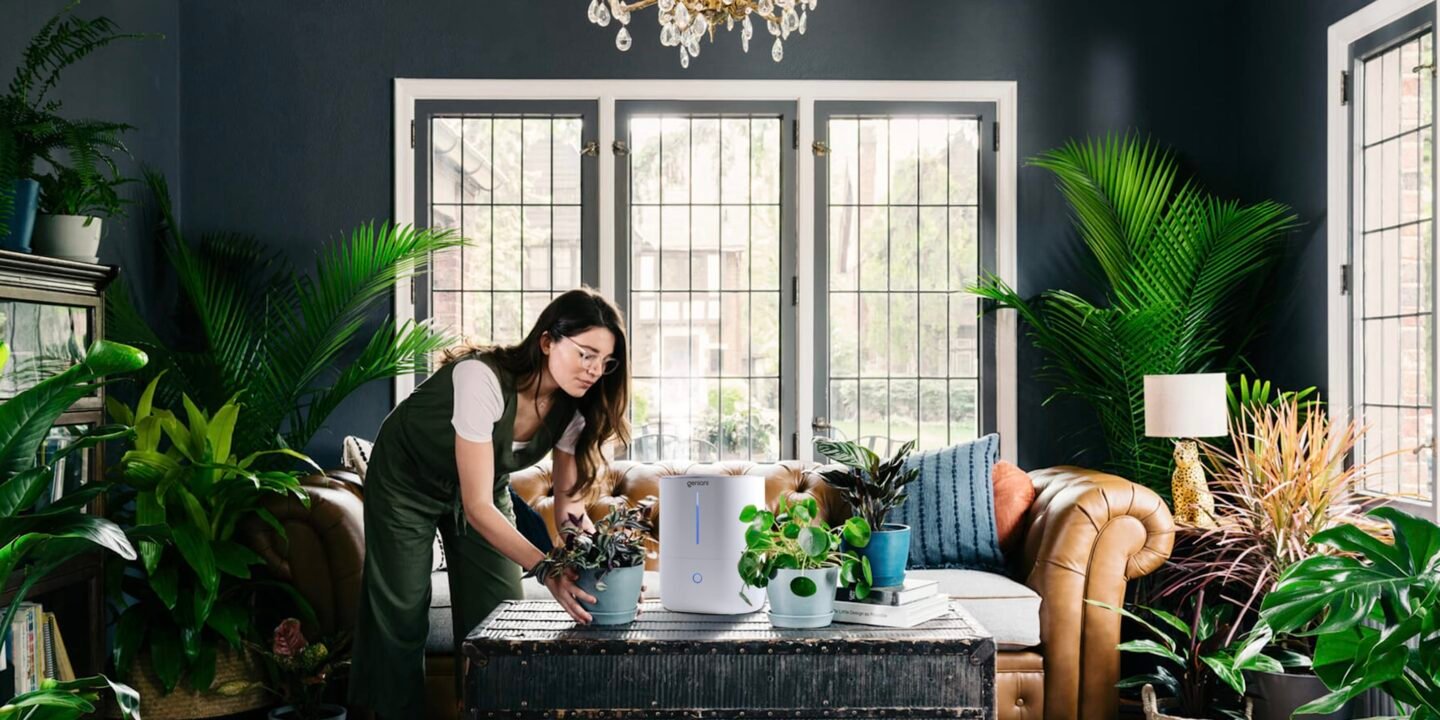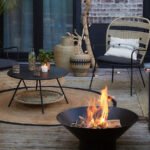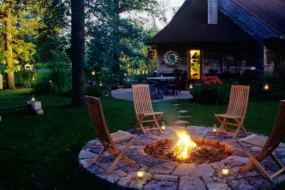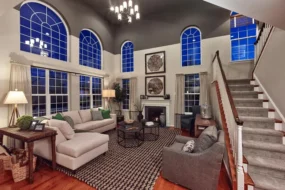
Introduction: Where Wellness Begins — At Home
We often think of wellness as something that happens outside our homes — in gyms, spas, or nature retreats. But the truth is, wellness begins where we live.
Our homes shape how we feel, think, and function every single day. The light we wake up to, the colors around us, the air we breathe — all influence our physical and mental well-being.
That’s why a growing number of homeowners are embracing wellness remodeling — an approach to design that blends comfort, function, and mindfulness to create spaces that support health and happiness.
Whether you’re planning a small renovation or a full home transformation, this guide will show you how to build not just a beautiful house — but a healing one.
1. The Rise of Wellness Design
Wellness design isn’t about luxury — it’s about intentional living.
It combines psychology, sustainability, and architecture to nurture balance and tranquility in your daily life.
Some key principles include:
- Natural light and air — maximizing daylight and ventilation
- Non-toxic materials — avoiding harmful chemicals
- Mindful spaces — encouraging rest, creativity, and focus
- Biophilic design — connecting your home with nature
Modern remodeling now focuses on how your home feels, not just how it looks.
2. Light: The Foundation of Wellness
Light sets the rhythm of your body’s internal clock — your circadian rhythm. When you remodel with light in mind, you support better sleep, energy, and mood.
☀️ Natural Light
Maximize sunlight exposure by:
- Enlarging windows or using glass doors
- Adding skylights in dark areas like hallways
- Using sheer curtains or light-filtering shades
- Painting walls in reflective tones (white, beige, soft gray)
💡 Artificial Light
At night, use warm, dimmable lights to create calm.
- Install layered lighting (ambient, task, and accent).
- Use smart bulbs that shift color temperature throughout the day.
- Add motion-sensor night lights in bathrooms and hallways.
When light follows your body’s rhythm, your home becomes a natural energy booster.
3. The Power of Color Psychology
Colors directly affect emotions — a principle both designers and therapists understand deeply.
For Calm and Serenity:
- Soft blues and greens mimic nature.
- Warm neutrals like beige, taupe, and sand tones create stability.
For Energy and Focus:
- Subtle yellows boost optimism and creativity.
- Muted oranges bring warmth to kitchens and living rooms.
For Restful Spaces:
- Cool tones like lavender and pale gray soothe the mind.
- Avoid bold reds or bright whites in bedrooms — they stimulate rather than relax.
Every color choice in your remodel should align with how you want to feel in that room.
4. Air Quality and Ventilation: The Invisible Luxury
The air inside your home can be 2–5 times more polluted than outdoor air — a shocking fact that wellness remodeling directly addresses.
💨 How to Improve Indoor Air:
- Install HEPA filters or a whole-home purification system.
- Use low-VOC paints and finishes to minimize toxins.
- Add plants like peace lilies, ferns, and snake plants to naturally clean the air.
- Ventilate kitchens and bathrooms properly to reduce humidity and mold.
Clean air is the most essential — and underrated — design feature you can have.
5. Biophilic Design: Nature Indoors
Biophilic design is about reuniting humans with nature — a connection our modern lives have slowly eroded. Studies show that natural elements indoors reduce stress, improve focus, and promote faster recovery.
🌿 Simple Ways to Bring Nature In:
- Use natural materials like wood, stone, and rattan.
- Introduce water features — tabletop fountains or small indoor ponds.
- Add plant walls or hanging planters.
- Let in fresh air and daylight whenever possible.
Even subtle touches, like wood-grain textures or nature-inspired art, create a restorative atmosphere.
6. Mindful Layouts: Designing for Flow and Calm
How you move through your home affects your mood. Spaces that feel cramped or cluttered can subconsciously create tension.
When remodeling, design for flow — both physical and visual.
Tips for Creating Calm Layouts:
- Keep open pathways and clear sightlines.
- Use furniture with rounded edges for softer energy.
- Separate noisy zones (kitchens, media rooms) from quiet zones (bedrooms, reading nooks).
- Create small “pause points” — a window seat, meditation corner, or cozy armchair nook.
Your home should invite you to slow down.
7. The Zen Principle: Decluttering and Simplicity
Clutter is visual noise. It drains mental energy and creates subconscious stress.
Wellness remodeling starts with simplifying.
Before you build new, assess what you already have.
The Wellness Decluttering Method:
- Keep only what adds function or joy.
- Use built-in storage to hide everyday items.
- Choose furniture with concealed compartments.
- Design minimalist surfaces — clear counters, open shelves.
A clean, organized space helps your mind breathe.
8. Sound and Acoustics: Designing for Peace
Sound is another key to wellness. Echoes, street noise, and constant background hum can subtly raise stress levels.
Soundproofing and Comfort Tips:
- Add acoustic panels or soft textiles to absorb noise.
- Use rugs, curtains, and upholstery to reduce echo.
- Seal doors and windows to block outdoor sounds.
- Incorporate white noise (like fountains or ambient music).
Good acoustics turn chaos into calm.
9. Materials That Heal: Choose Wisely
The materials you bring into your home affect your air, touch, and long-term health.
Top Picks for Wellness Remodeling:
- Bamboo and cork flooring — sustainable, soft underfoot, and eco-friendly.
- Quartz countertops — nonporous, hygienic, and easy to maintain.
- Organic fabrics — linen, cotton, and wool regulate temperature naturally.
- Non-toxic adhesives and sealants — avoid harmful off-gassing.
These materials not only look timeless but also support a healthier environment.
10. Create Wellness Zones
Think of your home as a sanctuary divided into zones of wellness:
- Sleep Zone – a minimalist, quiet bedroom with blackout curtains.
- Movement Zone – a dedicated corner for yoga, stretching, or workouts.
- Mind Zone – a reading area, journaling desk, or creative studio.
- Connection Zone – cozy dining or living areas that foster meaningful conversation.
When every space serves your body, mind, or spirit, your home becomes your daily wellness retreat.
11. Sustainable Wellness: Eco-Design That Gives Back
True wellness design considers the health of the planet, too. Sustainability is a form of self-care on a global scale.
Remodel Sustainably By:
- Using reclaimed wood and recycled tiles.
- Installing solar panels or energy-efficient systems.
- Choosing LED and low-energy lighting.
- Collecting rainwater for gardening.
When your home respects nature, it rewards you with balance and peace.
12. Wellness Through Scent and Texture
Your senses shape your emotional experience. Incorporating scent and texture into remodeling adds depth and warmth.
Scent Ideas:
- Natural candles or diffusers with lavender, eucalyptus, or citrus.
- Fresh herbs in the kitchen (basil, rosemary, mint).
Texture Tips:
- Mix smooth and rough surfaces — wood, stone, linen.
- Add tactile comfort — rugs, throws, and cushions.
When your home engages all senses, it feels alive and comforting.
13. Wellness Kitchens: The Heart of Healthy Living
The kitchen is where nutrition and connection begin. Make it wellness-friendly with:
- Plenty of natural light and ventilation.
- Non-toxic cookware and low-VOC cabinetry.
- Ergonomic counters for easy meal prep.
- Open shelving to inspire healthy, visible food choices.
Design with intention — your kitchen should encourage nourishment, not stress.
14. Bathrooms as Retreats
Transform your bathroom into a personal spa with small design changes:
- Add plants that love humidity (like ferns).
- Install rain showers and soft lighting.
- Use neutral tiles and wood tones for a natural aesthetic.
- Include storage that hides clutter — for visual serenity.
Wellness bathrooms remind you to slow down and care for yourself daily.
15. The Emotional Impact of Space
A wellness remodel is as emotional as it is physical. Your surroundings influence your thoughts and behaviors subconsciously.
When your home feels peaceful, you’re more likely to feel peaceful.
When your environment supports wellness, you live with greater clarity and calm.
Ask yourself:
“Does my home recharge me — or drain me?”
Your remodel should always move the answer toward recharge.
Conclusion: Designing a Home That Heals
A wellness-centered remodel is more than a trend — it’s a transformation.
It’s about building a home that supports your health, happiness, and harmony every single day.
By merging light, color, air, nature, and mindfulness, you create an environment where your mind rests, your body thrives, and your spirit flourishes.
Because at the end of the day, wellness begins at home — and the best remodels are the ones that make you feel truly, beautifully alive. 🌿






